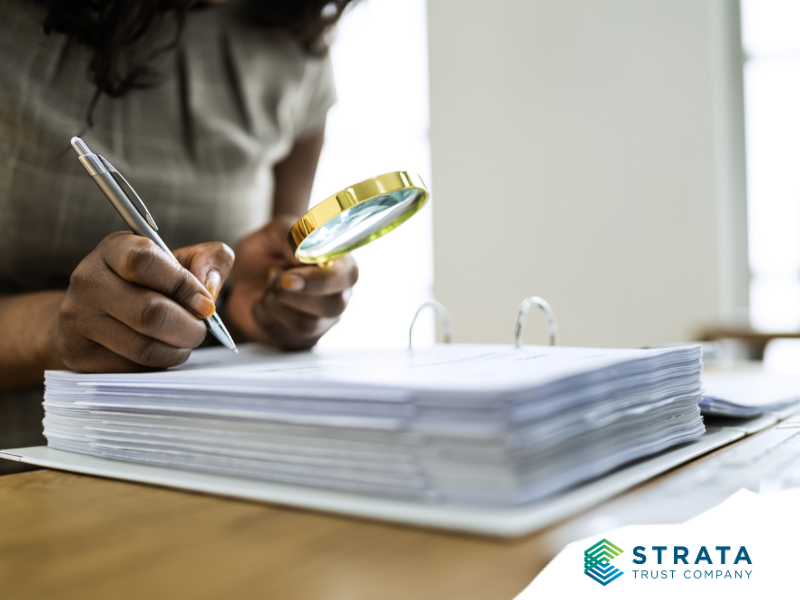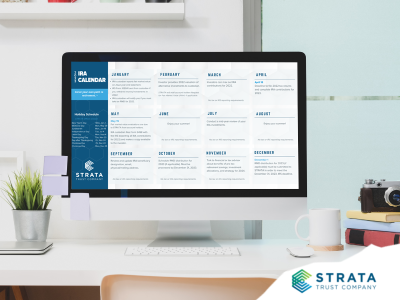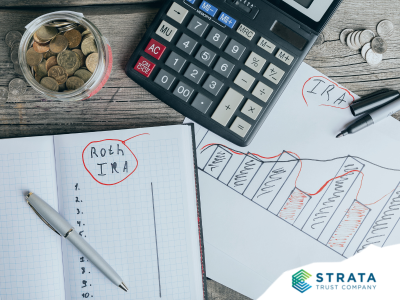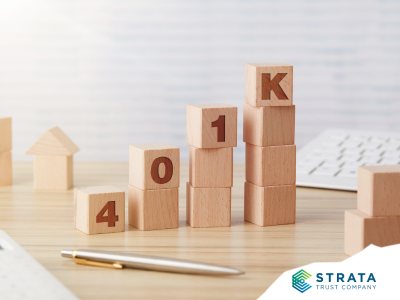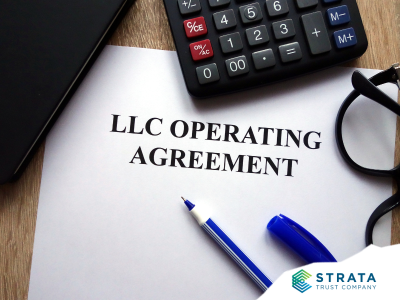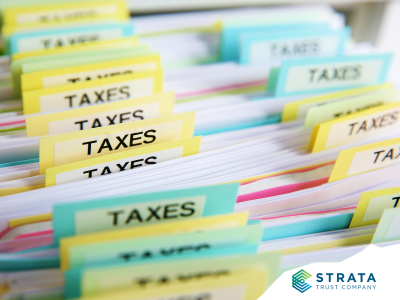Using a self-directed IRA (SDIRA) to diversify your investment portfolio can be exciting. While workplace retirement plans typically limit your investment options to mutual funds, ETFs, and bonds, an SDIRA allows you to choose how to best put your savings to work. This could be helping to fund a new company, buying income-producing real estate, or loaning money to other investors. But with this freedom comes the sole responsibility for protecting your assets from fraud and ensuring you meet the regulatory requirements for SDIRA investing. Here are some common mistakes that even experienced investors make and how to avoid them.
 1. Lack of Due Diligence
1. Lack of Due Diligence
Maybe time is of the essence for a particular investment, or the lure of a can’t-miss opportunity can make investors rush the process. Alternative investments aren’t subject to the same regulatory and legal oversight as investments regulated by the Securities and Exchange Commission (SEC) or other enforcement agencies, and fraudsters take advantage of this lack of transparency to prey on investors. It’s critical to conduct proper due diligence on SDIRA investments to avoid becoming a victim.
This includes requesting and analyzing the company or the investment’s financial statements, legal structure, legal documentation, and management structure (board members and key leaders). The types of information you may be analyzing include offering documents (e.g., Private Placement Memorandum), financial history, budgets, operating agreements, Bylaws, Articles of Incorporation, Certificates of Limited Partnership, and other governance documents. When possible, verify the information provided to you by an investment issuer.
You can find tips on avoiding fraud on FINRA’s Investor Insights website and the SEC’s Information for Investors website. The SEC also provides a list of Questions You Should Ask About Your Investments, including how the promoter gets paid, what fees are involved, and how much you would receive if you divested of the investment within a certain time frame. NASAA also provides fraud prevention tips, including common red flags:
- Unsolicited offers from unknown senders
- Unlicensed/unregistered sellers
- Required payments directly to a person or unknown firm
- Guarantees or promises of high investment returns with negligible risk
- Emphasis on the number of people investing or the limited time to invest
 2. Underestimating the Investment Timeline
2. Underestimating the Investment Timeline
To expedite the onboarding of a new alternative asset, complete your due diligence and provide the required documentation to the SDIRA custodian before purchasing, transferring, or rolling over the investment. Although SDIRA custodians don’t analyze investments or issuers for you, they do need to ensure that they can meet their custodial responsibilities and administrative requirements for the investment you’ve chosen. Some investment types such as private equity or private debt investments require a pre-custody review.
In addition to submitting the documents you received from the investment issuer, you will need them to complete and sign a Private Investment Issuer Representation Letter.
Once you have submitted the necessary documentation, STRATA Trust Company (“STRATA”) will complete a review within 2-3 business days. If your asset is approved, you are ready to open your SDIRA or you may choose to do this during the pre-custody review. Funding the IRA and directing your investment could take up to a few weeks, depending on where the funds currently reside and how they will be sent to STRATA (e.g., a rollover from a qualified retirement plan or another IRA). Be sure to anticipate the pre-custody review and funding timeline in advance of any investment closing or purchasing deadlines.
 3. Not Understanding SDIRA Rules
3. Not Understanding SDIRA Rules
An SDIRA is a tax-advantaged savings vehicle governed by the Internal Revenue Code. These tax laws don’t place many limits on what an SDIRA can be invested in, but they do limit who can benefit from SDIRA investments. The IRS rules are designed to ensure that IRA owners, family members, and certain others aren’t receiving a personal benefit from the SDIRA investment or taking advantage of the tax benefits associated with IRAs. It’s important to understand these “prohibited transaction” rules to be sure that your investment selection doesn’t cause your SDIRA to lose its tax-qualified status.
These IRS rules prohibit certain transactions between you or a disqualified person and the SDIRA. For example:
- Using IRA assets to invest in a disqualified person’s business.
- Using property or an asset owned by your IRA
- Providing services, materials, or equipment to an IRA-owned asset (no “sweat equity”)
- Borrowing money to or from your IRA
- Receiving income or assets generated by your IRA investment
Disqualified persons include your SDIRA beneficiary, most of your immediate and extended family (including spouses), your IRA custodian, and a business or entity owned 50% or more by any of these people. See IRC 4975 for a comprehensive explanation of prohibited transactions and an extensive list of disqualified persons.
Additional Information
To avoid these common mistakes, tap into the expertise of a financial advisor, tax consultant, attorney, or other professional who can help you perform the due diligence necessary to ensure an investment is a prudent choice and not violating the prohibited transaction rules.
STRATA offers simple intuitive tools for onboarding, funding, and/or directing new private investments – all in one place with Investment Hub. Here, you’ll find information on the processes involved in setting up a new investment, including document checklists and timeline overviews to assist in a smooth and seamless process for self-directing your IRA.
